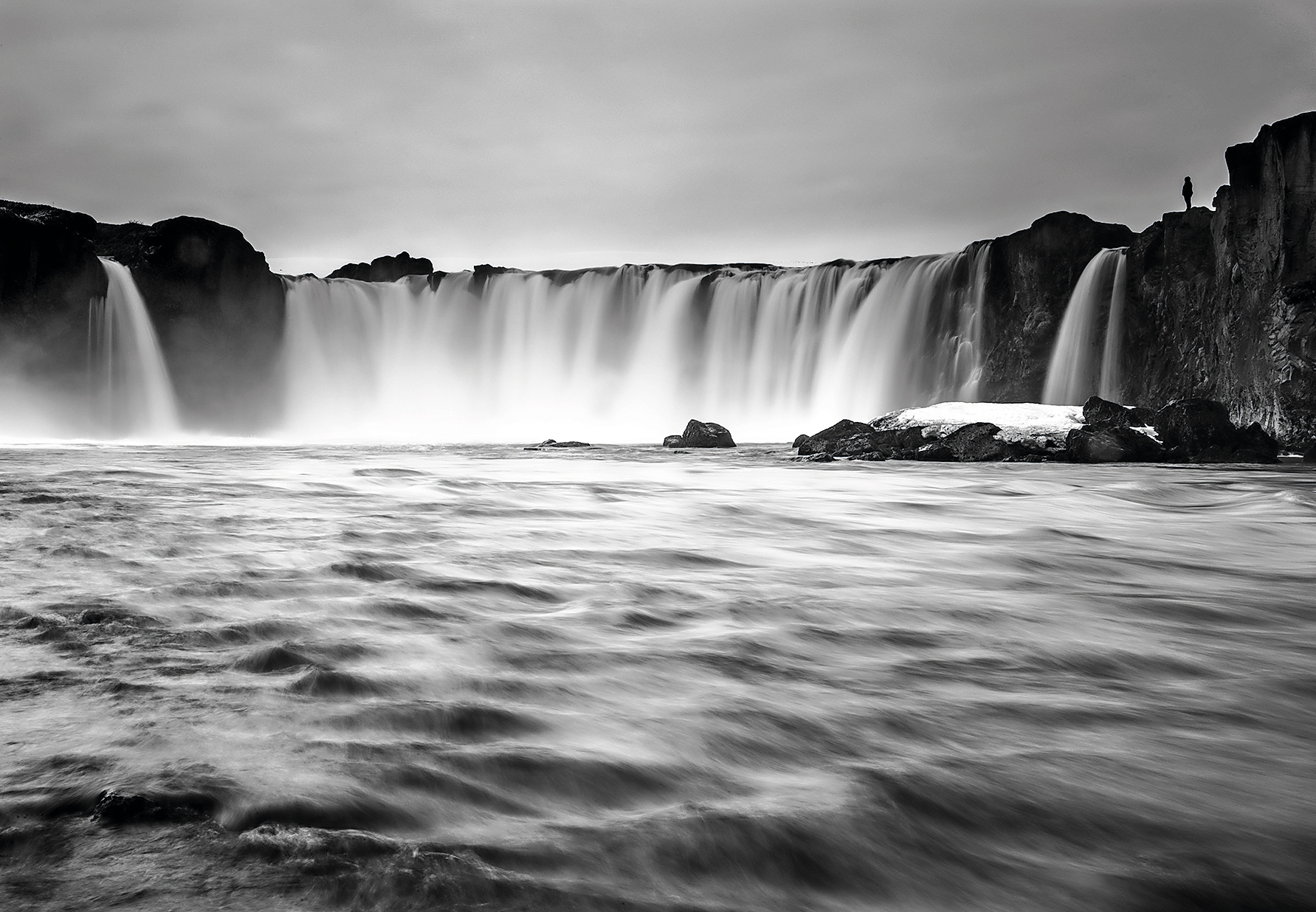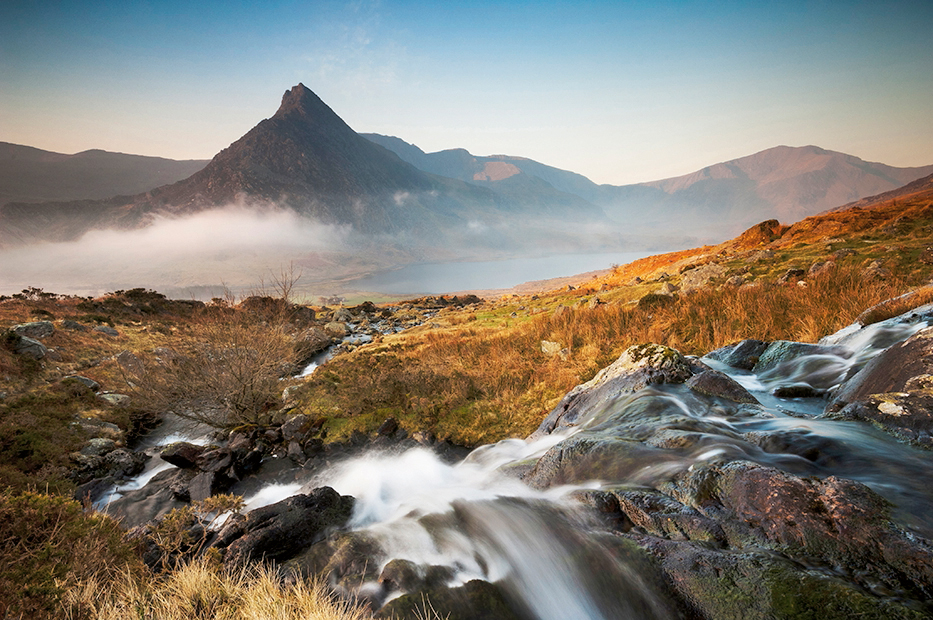The 10 laws of landscape photography
Discover how to capture your best ever landscape photos
Law 9: Don't think only in color
Learn the landscape situations that lend themselves to monochrome, and add a new twist to a favourite spot

There are two distinct weather and lighting conditions that prompt us to think in black and white. The first is a heavy, cloudy sky, which tends to produce very monochromatic results anyway. The second is when there are fluffy clouds in a bright, blue sky.
See from both sides
These two conditions produce very different results, and also need different approaches to produce the final image. The easier is when there’s blue sky, cloud and a landscape bathed in light.
Here, all you need to do is make sure that you’ve captured the full range of tones, and the black-and-white conversion is easy. We use a preset red filter conversion, available in Lightroom or Photoshop, to darken the blues and increase the contrast.
When shooting in heavy cloud, things are trickier. We often use an ND grad filter to darken the sky. After converting the image to black and white, you have to do a lot of dodging and burning to lighten and darken specific areas.

Law 10: Don't be afraid to revisit locations
To get the ultimate landscape shot, keep going back and use the knowledge you’ve earned from your previous visits
Sign up for breaking news, reviews, opinion, top tech deals, and more.

We’re always looking for new places to find insight and inspiration, but landscape photography is about more than simply ticking boxes off a checklist of locations. The way that light, seasons and weather change a scene is one of the most fundamental aspects of landscape photography.
It’s almost impossible to capture many of these amazing sights if you only visit a location once, then move on to the next one on your list.
We often return to locations – both close to home and in areas that we visit regularly – to learn more about how the lighting and weather combine to lend a different look to the landscape.
Save time
Returning to a location means you can spend less time researching the area, although it’s still good to look out for viewpoints, compositions and subjects you might have missed.


Phil Hall is an experienced writer and editor having worked on some of the largest photography magazines in the UK, and now edit the photography channel of TechRadar, the UK's biggest tech website and one of the largest in the world. He has also worked on numerous commercial projects, including working with manufacturers like Nikon and Fujifilm on bespoke printed and online camera guides, as well as writing technique blogs and copy for the John Lewis Technology guide.